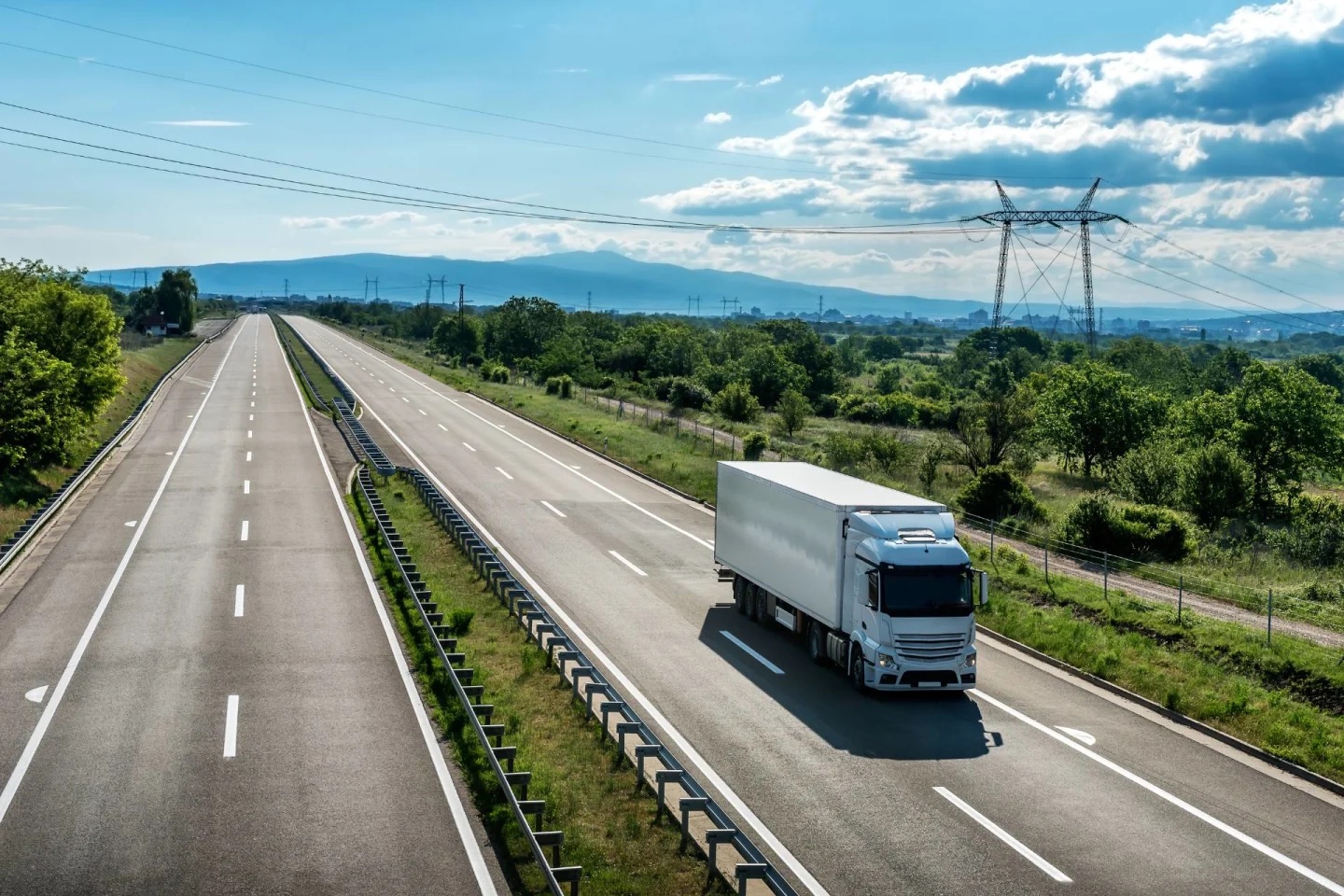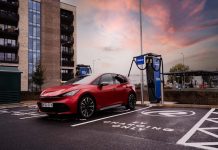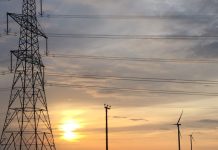Here we look at the potential benefits of moving away from internal combustion engine (ICE) HGVs and large vans.
Why switch?
Most of the benefits of switching to electric cars with supporting charging infrastructure ring true for larger vehicles, too.
By transitioning before other businesses do, organisations can start reaping the rewards of electrification early.
Deadlines for the transition away from internal combustion engine (ICE) HGVs and large vans are very similar to those of passenger vehicles. The ban on the sale and manufacture of new internal combustion engine (ICE) vehicles covers vans and HGVs up to 26 tonnes in weight. Heavier ICE lorries only get another five years.
HGV and large van electrification offers organisations significant emissions reductions. This enables them to report lower carbon figures – and provides a visible commitment to sustainability on the roads. And, of course, this commitment presents opportunities for good news stories and associated enhancement of environmental, social and governance (ESG) and corporate social responsibility (CSR) credentials. eHGVs and electric large vans are also likely to provide the same boost to driver satisfaction that electric cars offer. They could even help attract prospective drivers and employees.
Perhaps the most appealing benefit of the switch is the potential for long-term cost savings. Charging vehicles will be cheaper than fuelling them with diesel. It’s likely that eHGVs and electric large vans will have lower maintenance costs – providing the added benefit of more time on the road. And ICE commercial vehicles are subject to charges when entering low emissions zones, whereas their electric equivalents are exempt.
EV status reminder
According to research undertaken by Drax Electric Vehicles, less than half of UK businesses had installed EV charging points as part of wider sustainability efforts by 2023. And the Government reports there are 60,000 public-facing chargers available to support the 1.8m plug-in vehicles on the roads.
But what of the UK’s transition from petrol and diesel HGVs and large vans?
HGV and large van electrification status check
According to estimates at the end of 2023, diesel-run HGVs make up 5% of vehicles on the UK’s roads – yet they’re responsible for 17% of all road transport emissions. The same source suggests only 0.3% of the UK’s HGVs are electric (though household names such as Amazon and John Lewis are among the early movers).
Due to their higher power requirements for charging – and the extra space needed for accessibility – large electric vans and particularly eHGVs require bespoke charging solutions. But the Road Haulage Association recognises only one such existing, public-facing charging facility in the UK.
Electric vehicles are well-suited to many urban use cases, however, and we’re seeing many cities switching to electric buses and electric refuse collection vehicles (eRCVs). Westminster City Council has launched a particularly newsworthy initiative, constituting the biggest decarbonisation programme of its kind by a UK local authority.
As well as the early adoption among councils and public sector organisations, we’re also continuing to see the integration of electric vehicles into retailers’ fleets, particularly for ‘last mile’ deliveries.
Government support
Although financial incentives for transitioning to electric HGVs and large vans are thin on the ground, there is the Plug-in Van Grant. This entitles eligible buyers of ‘small trucks’ (between 4.25 and 12 tonnes in weight) a maximum discount of £16,000. Buyers of ‘large trucks’ (12 tonnes and heavier in weight) can save up to £25,000 off the purchase price.
Additionally, organisations may still be able to benefit from other EV-related incentives like the EV infrastructure grant for staff and fleets and the Workplace Charging Scheme. These schemes support with the costs of preparatory works for charging infrastructure installation and the cost of buying and installing the hardware itself.
Encouraging initiatives
The previous government made initiative funding available through its zero emission heavy goods vehicles competitions.
Successful consortia from these competitions are planning projects to help deliver eHGVs and suitable charging infrastructure to the UK. Of particular relevance is the eFREIGHT 2030 project, to which the Government awarded over £49m. Involving 100 eHGVs in operation across a range of uses, alongside 32 new publicly accessible charging facilities, it’ll look to prove the operational benefits of electrification.
Gridserve is leading another government-funded project – to develop an initial ‘Electric Freightway’ which lays the foundations for an eHGV-specific charging network.
Technological advances
Certain tech developments are also set to accelerate the UK’s HGV and large van electrification.
EV chargers are appearing in more shapes, sizes, formats and power capacities. Satellite chargers that connect to larger power units can offer fast, powerful charging in a more practical manner. Ekoenergetyka even offers different types of mobile charging units – ideal for taking the hardware to the vehicle rather than continually manoeuvring vehicles to fixed charging locations. These solutions can help tackle the issue of lack of charging space at depots and the need to continually rotate large-vehicle positions to enable full-fleet charging.
There’s even scope for charging solutions on the move. Pantograph technology has the ability to charge vehicles that connect to its overhead electric cables on main routes. Inductive charging involves transmitter pads within the road at traffic lights – or even along sections of main-route lanes – which transmit power to vehicles above them.
Of the four successful projects to which the Government’s awarded funding, two focus on hydrogen fuel as a potential solution. Hydrogen offers the benefit of longer vehicle range and ultra-fast refuelling – ideal for keeping vehicles on the road rather than having to return to depots for charging.
There’s plenty to be positive about when assessing the current situation and the immediate future of HGV and large van electrification. However, the challenges are many and wide-ranging.




